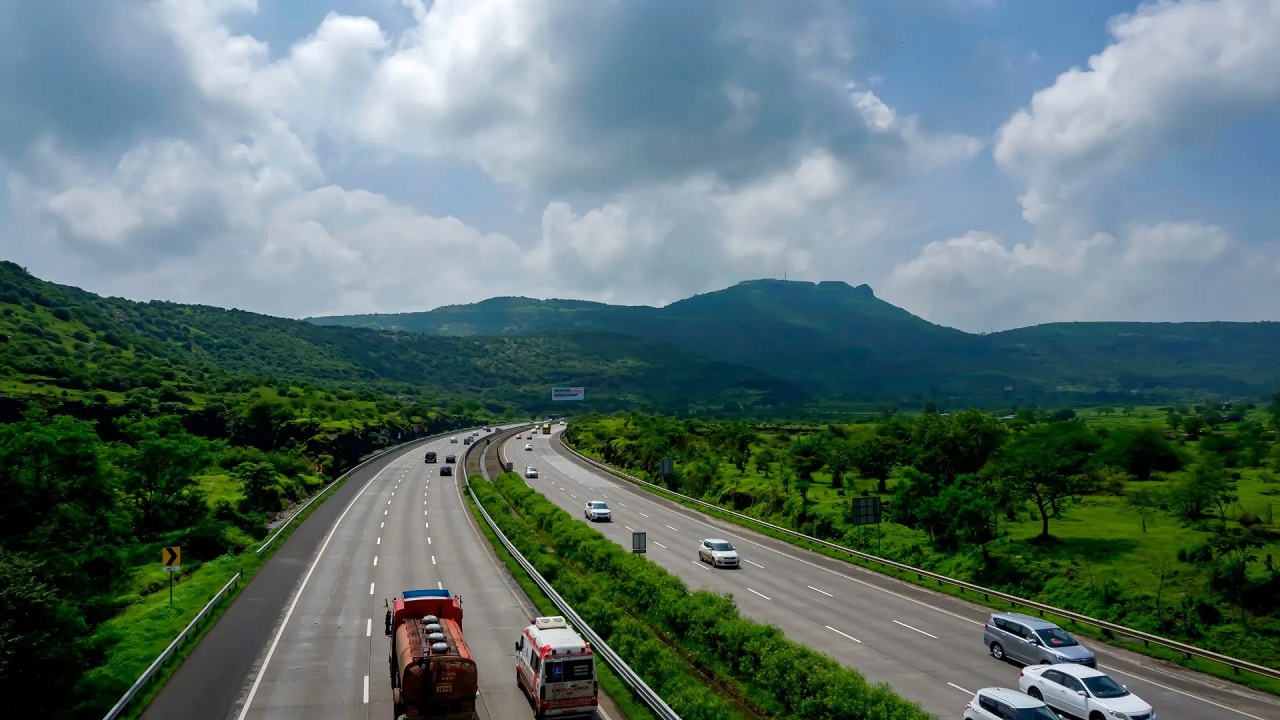India’s Road Safety Strategy: From Policy to Pavement
Context:
India is currently experiencing a major mobility transformation, driven by rapid urbanisation and economic growth. However, this transformation has come with a steep cost—a crisis in road safety. With one of the largest road networks in the world, India recorded 1.68 lakh road accident deaths in 2022, which translates to approximately 12.2 deaths per 1 lakh population. In contrast, Japan records 2.57 and the UK 2.61 per 1 lakh population.
This stark reality calls for a shift in urban mobility planning—where safety and inclusivity are prioritised over mere speed and convenience.
Economic and Developmental Impact of Road Accidents
-
Road crashes cost India nearly 3% of its GDP every year, resulting in massive economic losses.
-
These crashes undermine national development, cause loss of productive human capital, increase the burden on public health infrastructure, and disrupt families and communities.
-
The issue is not just of safety but also of economic productivity and human development.
Right to Safe Travel: A Constitutional Perspective
-
Under Article 21 of the Indian Constitution, the Right to Life includes the right to safe road travel.
-
This confers a moral and legal obligation on the State and society to protect citizens from avoidable road hazards.
-
Road safety, thus, becomes a human right and a public good, not just a matter of regulation.
Urbanisation and the Need for People-Centric Streets
-
By 2047, 50% of India’s population is expected to live in urban areas.
-
This shift will be accompanied by increased vehicle ownership and urban congestion.
-
Streets must be redesigned to protect vulnerable road users: pedestrians, cyclists, children, elderly, and public transport commuters.
-
Urban planning must be people-centric, not vehicle-centric.
The Safe System Approach: A Human-Centric Design Philosophy
-
This approach acknowledges that human error is inevitable.
-
The system must be built to reduce the severity of crashes, not merely enforce compliance.
Key principles include:
-
Pedestrian-first design.
-
Infrastructure interventions like:
-
Wider footpaths
-
Dedicated cycle tracks
-
Well-marked zebra crossings
-
Refuge islands
-
Traffic calming measures like raised intersections and reduced speed limits
-
-
A paradigm shift is needed—from blaming road users to designing forgiving road environments.
Government Initiatives and Policy Interventions by MoRTH
The Ministry of Road Transport and Highways (MoRTH) has launched several targeted safety interventions:
-
Rectification of over 5,000 black spots across national highways.
-
Mandatory road safety audits on all new highway projects.
-
Enforcement of vehicle safety standards, including airbags and ABS (Anti-lock Braking Systems).
-
Deployment of speed cameras and CCTV surveillance for better enforcement.
-
Announcement of driving training centres and vehicle fitness centres in every district by Union Minister Nitin Gadkari.
Innovative Funding: CSR for Road Safety
A bold proposal recommends that automobile companies allocate 100% of their CSR funds for the next 20–25 years toward road safety initiatives.
Target areas:
-
Black spot removal
-
Public awareness campaigns
-
Emergency trauma care facilities
-
Road safety research and development
-
Driver training and certification
This is aligned with Vision Zero, which targets:
-
50% reduction in road deaths by 2030
-
Zero fatalities by 2050
The Four Es of Road Safety: A Comprehensive Framework
A successful road safety strategy must include all four dimensions:
-
Engineering – Design of safe and user-friendly road infrastructure.
-
Enforcement – Both technological and on-ground law enforcement.
-
Education – Road safety awareness and behavioural change.
-
Emergency Care – Robust trauma and post-crash response systems.
Strategic Investment: Road Safety as a High-Yield Development Investment
-
According to the World Bank (2020), India needs to invest an additional $109 billion over the next decade to reduce road crash deaths by 50%.
-
The iRAP report (Four States) shows that for every ₹1 spent on road safety, India gains ₹4 in economic and social benefits (lives saved, injuries avoided, productivity preserved).
Towards Inclusive and Sustainable Urban Mobility
Urban roads must be re-envisioned as shared public spaces, not just transport corridors.
Core principles:
-
Safety over speed
-
Equity over convenience
-
Sustainability over short-term efficiency
Priority must be given to:
-
Children
-
Pedestrians
-
Cyclists
-
Public transport users
This shift reflects a deeper value change—mobility as a human right and a developmental necessity.
Conclusion:
Road safety is integral to achieving Viksit Bharat by 2047. It demands:
-
Data-driven policymaking
-
Institutional accountability
-
A societal mindset shift from speed and convenience to safety and inclusivity
Road safety is not a luxury—it is a foundational requirement for sustainable, equitable, and human-centred development.

.jpg)
.jpg)
.jpg)
Comments (0)